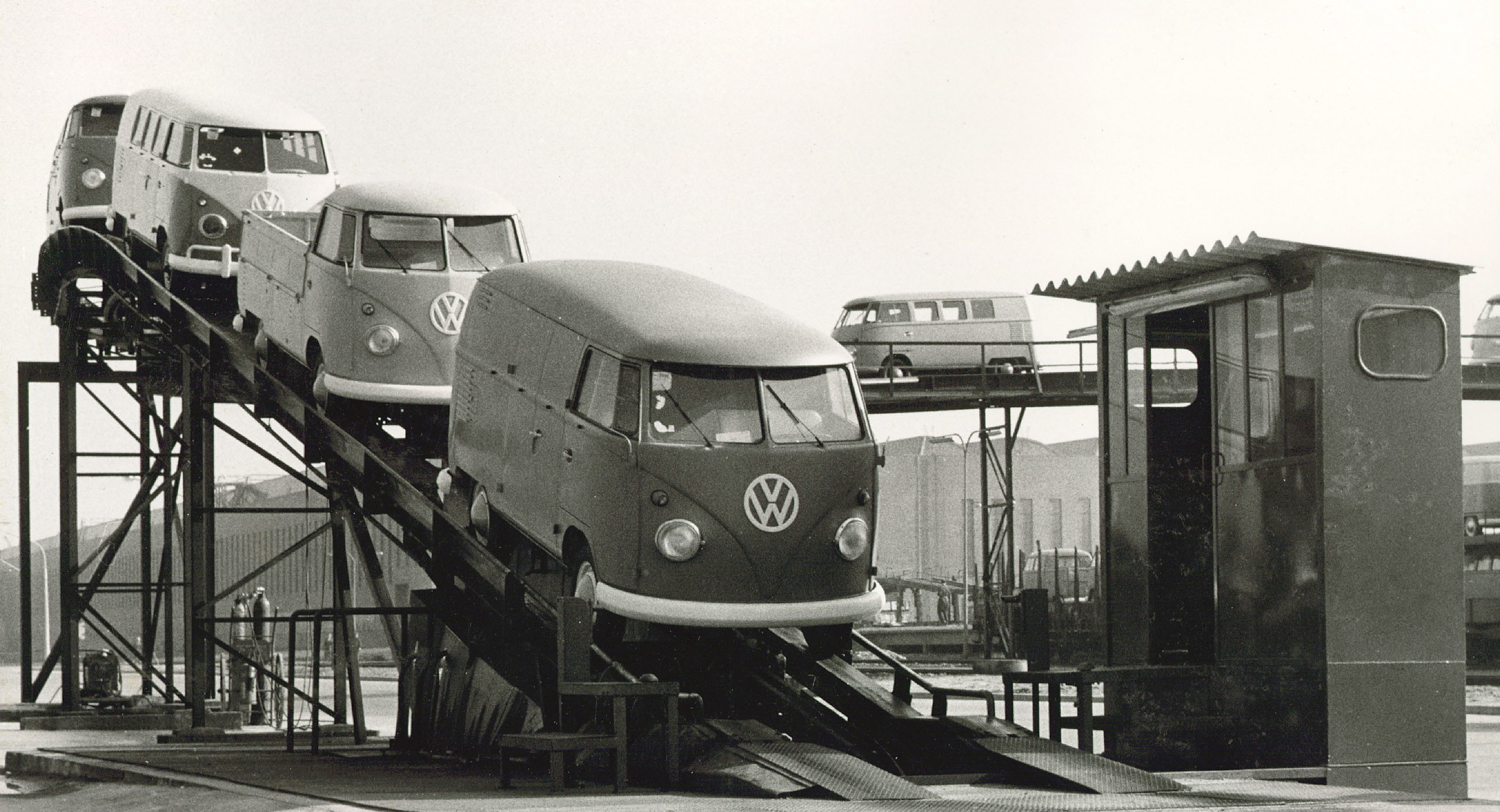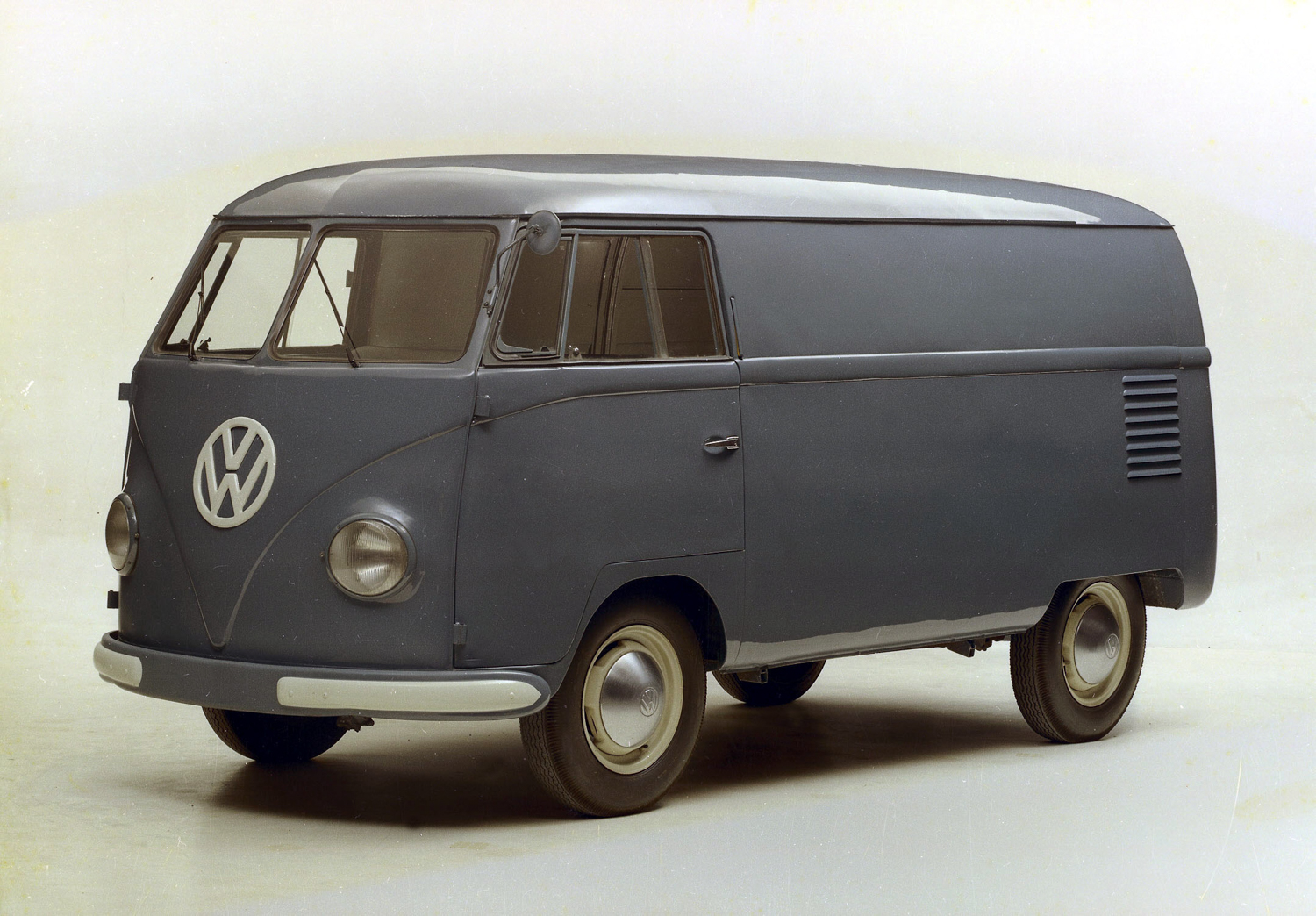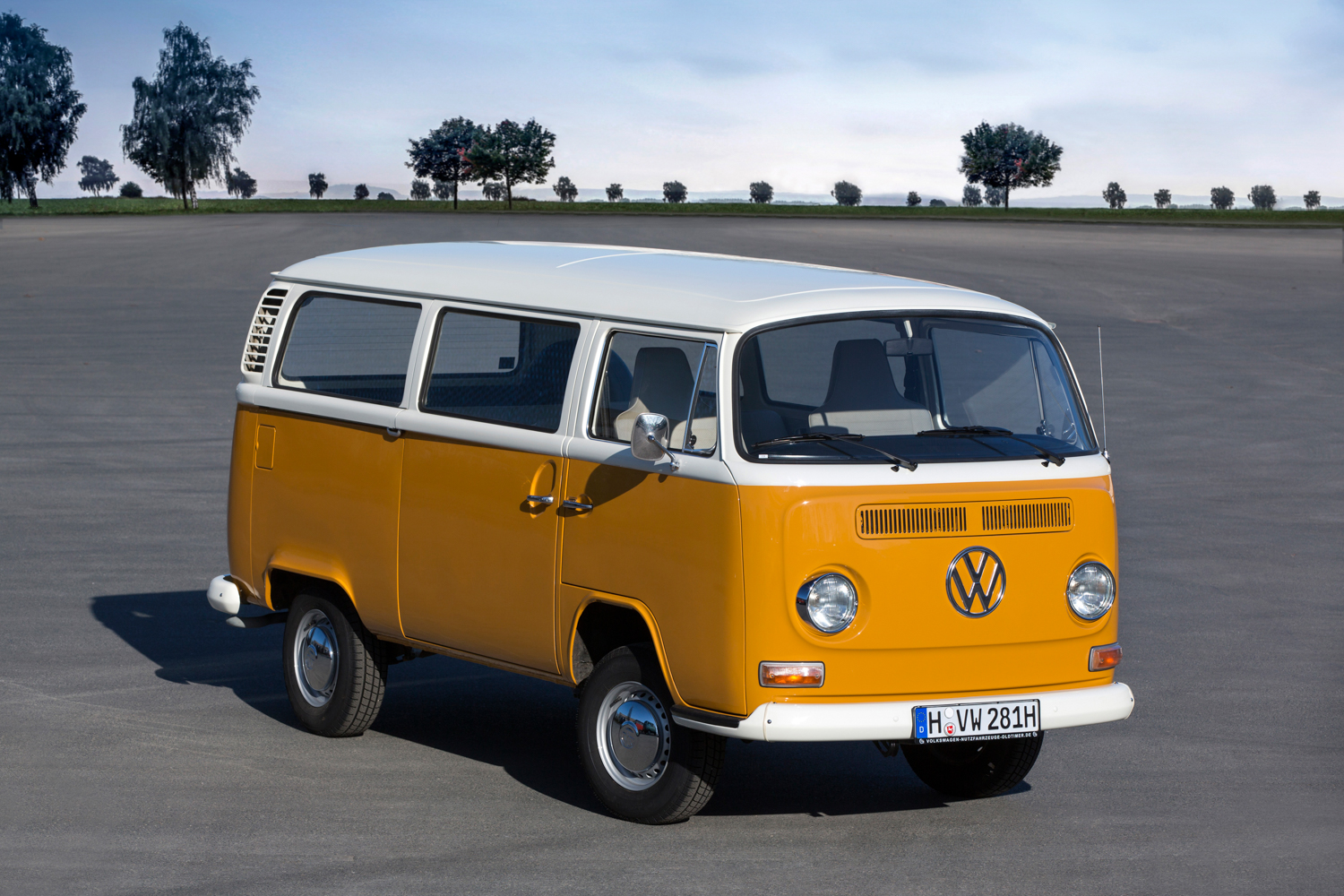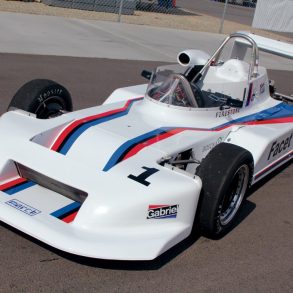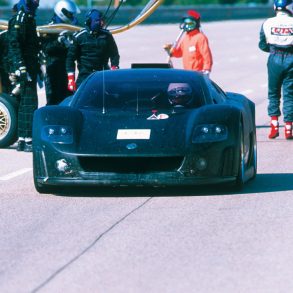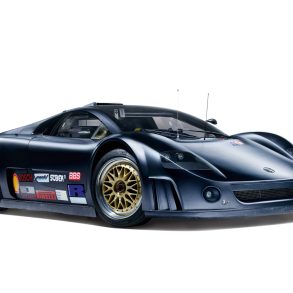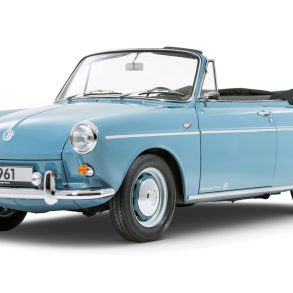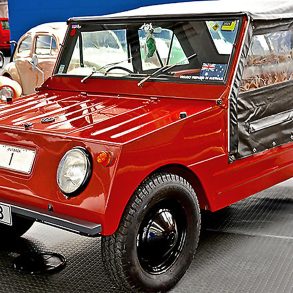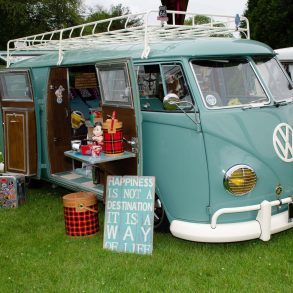The record-breaking Volkswagen Transporter has celebrated its 70th birthday, making it the world’s longest production run for a commercial vehicle.
The Transporter – also known as Bulli, Kombi, VW bus or microbus – first rolled off the Wolfsburg production line on March 8, 1950, and since then 13 million have been sold. For six generations, globetrotters have travelled the world in it, businesses have relied on it and families have driven it every single day.
To celebrate the landmark, Volkswagen Commercial Vehicles has collated this ultimate guide to the historic vehicle.
T1: 1950 to 1967
Revealed as a hand-built panel van prototype in 1949, the T1 eventually launched as a rear-engined panel van, passenger van and eight-seat bus. The engine and gearbox came from the Volkswagen Beetle and it offered a maximum payload of 750kg. In 1951, the iconic “Samba” model was revealed with all-round windows and folding sunroof, and a year later a pick-up version was unveiled. Production moved from Wolfsburg to Hannover in 1956 while some were even produced in Brazil. By 1967, around 1.9 million people had purchased the T1 with its “splittie” windscreen, making it a global success.
T2: 1967 to 1979
With the T1 forging its name as something of a cultural icon in the “flower power” era, the successor had a lot to live up to. The T2 took the utility of the van on a step further with a new front end and air intake grille. A sliding door was now standard, and the pop-up roof camper version became an instant hit with globetrotters. In 1972, the T2 went electric with a zero-emission version available to buy. During its run, 2.14 million vehicles were built at the Hannover plant although production continued until 2013 at the Volkswagen plant in Sao Paulo, breaking the record for longest production period.
T3: 1979 to 1992
The T3 took the famous vehicle into the modern era with a wider body offering, more passenger and cargo space and improved safety. A flat engine, available in diesel, was introduced adding to the spaciousness while a new chassis offered car-like handling. In 1985, a raft of innovations were added: catalytic converters, turbochargers and all-wheel drive, while the California and Caravelle became popular. In total, 1.3 million T3s were made in Hannover.
T4: 1990 to 2003
This generation marked a technical revolution with Volkswagen Commercial Vehicles making the T4 front-engined and front-wheel drive for the first time. With this came a new design, longer front end, new suspension, more varied engine choice and even better handling. The Transporter was also available in two wheelbases for the first time. Following a 1996 mid-model refresh, the T4 was phased out in 2003 having sold 1.9 million models across the range, which had grown to feature the panel van, kombi, double cab, pickup and chassis with single and double cab, Caravelle, Multivan and California.
T5: 2003 to 2015
The T5 was an evolution of exterior design with greater focus placed on the interior and the driver’s workplace as well as a variety of petrol and diesel engines and an all-wheel drive system. The California was built in Hannover for the first time, while Caravelle and Multivan continued to be popular choices alongside a number of limited-edition models. In total, 1.65 million T5s were produced.
T6 / T6.1: 2015 to 2019 / 2019-
New engines, intelligent driver assistance systems, new infotainment and a front-end redesign have defined the modern T6 era – while the two-tone paint scheme serves as a nod to the original model. In 2019, Volkswagen Commercial Vehicles brought the iconic van into the digital age with a new dashboard design, a raft of technology and connectivity updates as well as a new power steering system and additional efficient, clean turbodiesels.


